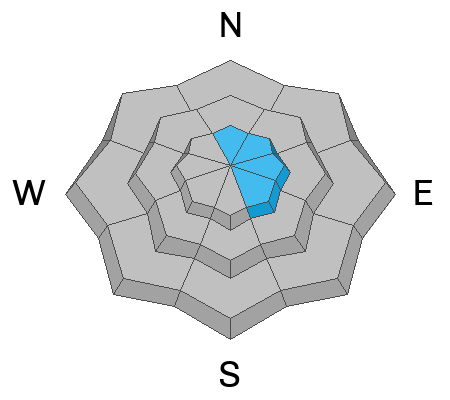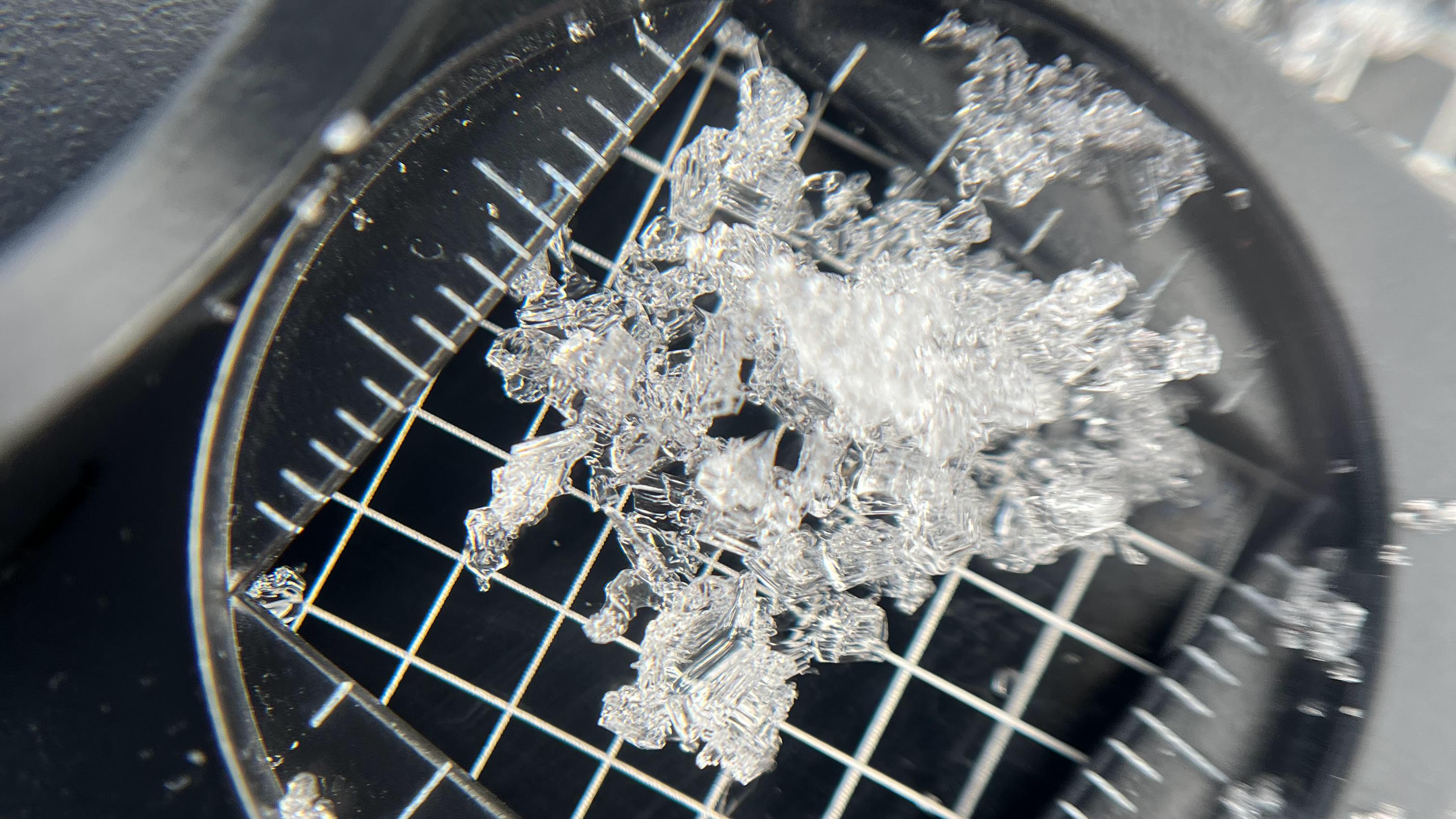People might trigger small avalanches of wind-drifted snow and should avoid recently formed drifts on upper elevation slopes steeper than 30°. Fairly strong winds out of the west elevated avalanche conditions a little bit in exposed upper-elevation terrain. Loose avalanches, or sluffs, consisting of cohesionless faceted snow, are possible on very steep slopes. Our greatest concern continues to be people hitting rocks, downed trees, and stumps. If you're willing to work for it, you can find pockets of cold, dry old snow in sheltered, shaded terrain.
-I'm reading 20° F and 20 inches of total snow at the UAC Card Canyon weather station at 8700 feet above sea level.
-Currently, at 9700' at the CSI Logan Peak weather station, it's 19° F, and the wind is blowing 25 to 30 mph from the west.
-At 9500' at the UAC Paris Peak weather station it's 16° F, and winds are from the southwest, blowing 26 to 36 mph.
Expect mostly sunny weather in the mountains today, with 8500' high temperatures around 18° F and winds blowing from the west 6 to 9 mph.
Another cold front is expected to pass over the area on Thursday, with 1 to 3 inches of accumulation possible Thursday night on upper elevation slopes. It's still too early to get your hopes up, but another small storm could bring a few more inches of accumulation to the Bear River mountains over the weekend, especially on Sunday.
No significant avalanches have been reported recently.











